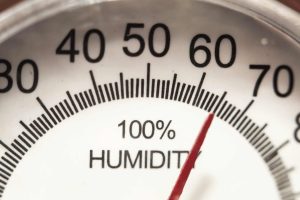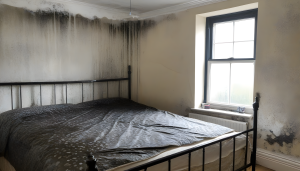 NHS Kent Respiratory Department
NHS Kent Respiratory Department
The Silent Threat – Damp Homes and Your Health
Don’t Let Damp Take Your Breath Away!
The NHS Kent Respiratory Department would like to advise you on the health consequences of living in a damp house.
In this brief but informative guide, we shed light on the often underestimated dangers of damp environments and why addressing damp issues is crucial for your respiratory well-being.
Understanding Damp:
Damp homes are more than just a nuisance; they pose a serious threat to your health. The presence of excess moisture can lead to the growth of mold, fungi, and dust mites, triggering a range of respiratory issues. From irritating coughs to severe respiratory conditions, the consequences of living in a damp environment can be far-reaching.
Health Impact:
Respiratory Infections: Damp environments create a breeding ground for bacteria and viruses, increasing the risk of respiratory infections such as bronchitis and pneumonia.
Allergies and Asthma: Mould spores and dust mites are common allergens found in damp homes. Exposure to these allergens can exacerbate allergies and asthma, leading to persistent coughing, wheezing, and difficulty breathing.
Chronic Respiratory Conditions: Long-term exposure to damp conditions has been linked to the development and worsening of chronic respiratory conditions such as chronic obstructive pulmonary disease (COPD).
Ignoring the Warning Signs:
Many individuals underestimate the impact of damp on their health, often attributing symptoms to other factors. It’s essential not to ignore warning signs such as musty odors, visible mold, or persistent respiratory symptoms. Early intervention can prevent the progression of respiratory issues and improve overall health.
Identifying Damp:
Visual Inspection: Regularly inspect your home for signs of damp, including water stains, mould growth, and a musty odour.
Monitoring Humidity: Use a hygrometer to measure indoor humidity levels. Maintaining humidity below 50% can help prevent damp issues.
Taking Action:
Ventilation: Ensure proper ventilation in your home by using exhaust fans, opening windows, and using dehumidifiers.
Repair Leaks: Promptly fix any leaks in the roof, walls, or plumbing to prevent the entry of moisture into your home.
Insulation: Proper insulation helps regulate indoor temperature and reduces the risk of condensation, a common cause of damp.
Seek Professional Help:
If you suspect or observe persistent damp issues, seek the assistance of professionals. Our experienced team at the NHS Kent Respiratory Department is here to support you in understanding and mitigating the health risks associated with damp environments.
How many houses in the UK suffer from damp ?
How many households are affected by damp, mould and mildew ? According to the English Housing Survey, around 904,000 homes in England had damp problems in 2023. Almost 5,000 people in Britain died last year as a result of living in damp homes, an analysis of official data has revealed.
The figures, compiled by the End Fuel Poverty Coalition, were presented to MPs in September at the Energy Security and Net Zero Committee’s inquiry into government preparations for winter.
The coalition calculated that of the 21,890 excess winter deaths expected this year, there will be an anticipated 6,500 deaths as a direct result of damp, mould and mildew.
Conclusion:
Don’t let damp take your breath away ! Take control of your respiratory health by addressing damp issues promptly. A healthier home means a healthier you. For further information or assistance, contact the NHS Kent Respiratory Department.













